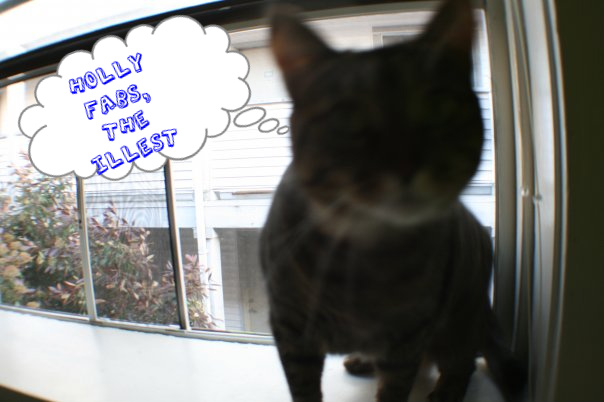
It hasn't been a fun month, I'd imagine, for anyone with a corner office at Abercrombie & Fitch's rugged New Albany, OH headquarters. The company reported a 22% drop in net sales for May -- and this week, the story of London store employee Riam Dean surfaced.
Dean, 22, was allegedly moved from a sales job to a stockroom post -- away from the eyes of shoppers -- after her managers discovered she had a prosthetic arm.
Yes, it's been the kind of month that might make even the biggest cheerleader of an executive gaze out the window and think, Maybe we should just shut this thing down.
In this case, yeah -- maybe you should.
It sounds radical, but the time has come to ask whether it makes sense for the company Abercrombie & Fitch to keep the brand Abercrombie & Fitch alive.
The clothes have zero durability and fail, season after season, to evolve beyond A&F's bland aesthetic. The marketing campaigns, which at their best were emptily provocative, have changed even less. They've gone beyond desensitizing us to naked torsos; they've actually made them boring. And the company, loathe to tarnish its air of exclusiveness, openly resists markdowns. You have to ask yourself: If the recession doesn't weed out a retail brand like this, what will it cut down?
But Dean's story, beyond inciting moral fury, gets to the heart of why A&F is no longer viable in the long term: it has battered itself into irrelevance. Dean is only the latest in a very long line of people who have felt targeted by A&F. Remember the t-shirts emblazoned with racist caricatures of Asians? How about the $40 million lawsuit the Equal Employment Opportunity Commission brought against A&F on behalf of African-Americans, Latinos and Asians who felt they were kept behind Employees Only doors because their features didn't jibe with the store's infamous "look policy?" The prospects for a brand that sells whiteness as eagerly as it does postage-stamp-sized shorts -- in a time when its target clientele overwhelmingly supported a black president -- are dicey at best.
Unfortunately, whiteness is the only tentpole of the store's image. Here's the company's perception of the store, straight from the 2008 annual report: "Rooted in East Coast tradition and Ivy League heritage, A&F is the essence of privilege and casual luxury."
This very well may be the most unabashedly white mission statement ever written. Brooks Brothers' mission statement, which includes a few brief words on its staying power and American values, reads like the plaque on the Statue of Liberty in comparison. In extremely specific terms, A&F's statement immediately discounts 99% of the global population.
It also reveals the biggest factor in A&F's vulnerability: a woefully underdeveloped identity. The company would do better to shutter A&F and concentrate on Hollister, which knows its niche. Its hibiscus-print tees and cabana storefronts scream surf and summer, and its financials are neck-and-neck with A&F's. Though Hollister suffered a 32% sales drop in May, compared to A&F's 25%, its 2007 net sales figure ($1.59 billion) was about the same as A&F's ($1.63 billion) -- and since Hollister offers a lower price point, it's bound to have a stronger 2009 than A&F.
Oh, and more bad news about that mission statement. The one percent of the world Abercrombie purports to care about -- rich college kids -- are not interested in returning the favor. Newsflash, A&F: privileged kids who go to Ivy League schools aspire to dress like the characters on Gossip Girl. A&F, to them, is a distant memory. It's a relic of high school, an era that's actually much more linked to the brand's identity.
A former A&F employee once told me that the reason the stores keep the music so loud is that the company wants customers to feel slightly intimidated approaching the floor attendants, who are told to carry themselves like the most popular kids at a party. In other words, making shoppers feel like nervous freshmen is prioritized above providing customer service.
The similarities don't end there. In high school, and at A&F, hormones rage and social hierarchies rule. Boobs and biceps are prized; imperfections are dug up and called out. Thinking -- and dressing -- outside the norm is considered socially perilous. But you know what the beautiful thing about high school -- and A&F's preeminence -- is?
They both turned out to be just a phase.
Story by Megan Angelo
Source: Walletpop.com


No comments:
Post a Comment